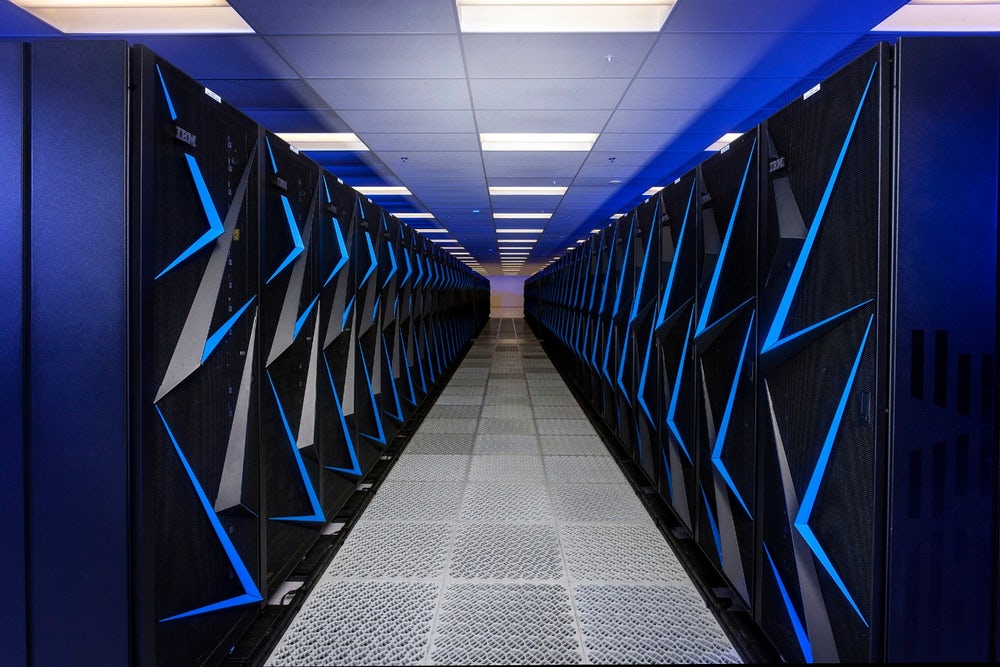Brazilian petroleum giant Petrobras, Latin Amerian largest oil company, has announced the upcoming inauguration of its new Rio de Janeiro-located supercomputer, Pegasus (aka Pegaso).
With 21 petaflops of power, 678 TB of RAM memory, 2016 GPUs, and a 400gb/s internet link, Pegasus will be the most powerful supercomputer in Latin America and among the top 10 in the world.
Construction of the system is underway. Based in the Vargem Grande neighborhood of Rio de Janeiro, operations at the facility are expected to commence in December 2022.
Petrobras is a state-owned multinational corporation working in refining, producing, and distributing various petroleum products, including crude oil, natural gas liquids, and biodiesel.
The new supercomputer will bring the company’s current processing capacity from 42 to 63 petaflops and will be used for the processing of geophysical and geological data, an essential aspect in enabling the company’s programs such as the EXP100 which aims for 100 percent use of data and knowledge in exploratory projects, and PROD1000 which seeks to reduce the time to start production in a field.
In a press release, the company said: “Expanding data processing capacity allows Petrobras to generate increasingly clearer subsurface images of areas mapped for oil and natural gas exploration and reduce the processing time of this information. This contributes to optimizing production, increasing the recovery factor of current reserves, and maximizing the efficiency of the company’s exploratory projects.”
Over the last few years, Petrobras has been investing heavily in supercomputing. In June 2021, the company announced that operations were commencing at the Dragão supercomputer, which remains the region’s most powerful until the introduction of Pegasus.
In 2020, Petrobras director of Digital Transformation and Innovation, Nicolás Simone, told BNAmericas the company had gone from three petaflops of supercomputing capacity in 2018 to 10 in 2019 and 21 in 2020. He said the company hoped to reach 72 petaflops by the end of 2021 and 110 by the end of 2022.


